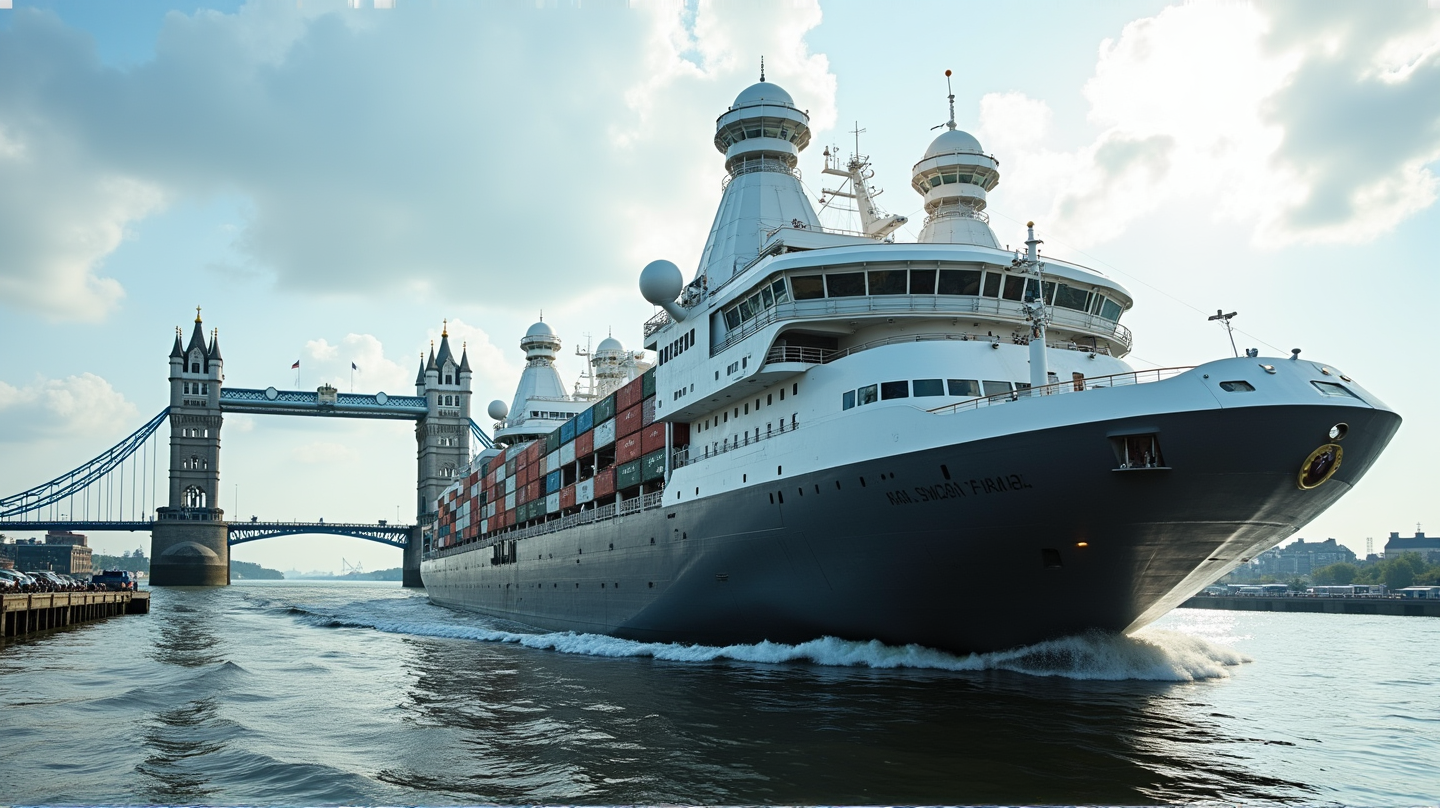A Century in the Making
Imagine a massive freight ship navigating the vast seas with towering, spinning structures catching the wind – this isn’t a scene from a sci-fi movie but a reality first glimpsed almost a century ago. The innovative Flettner rotors, first demonstrated in 1925 on the iconic Buckau ship during its journey from Danzig to Grangemouth in Scotland, are making a notable comeback in the world of modern shipping.
The Ingenious Yet Dormant Technology
Developed by brilliant aeronautical engineers under the guidance of visionary inventor Anton Flettner, these rotors were initially met with skepticism. Despite showing potential for significant fuel savings by harnessing the wind, the technology was sidelined due to the economic constraints of the time. As might be expected, the relatively low fuel costs and subsequent economic downturn of the 1920s stifled widespread adoption.
A Return Driven by Environmental Need
Fast forward ninety years, and the pressing need to reduce greenhouse emissions has reignited interest in Flettner rotors. Their resurrection isn’t purely historical romanticism but a pragmatic solution recognized by today’s maritime industry. Thanks to modern materials like carbon fiber and advanced motor technology, these rotors boast efficiency levels unseen in the past.
Riding the Winds of Change
Renowned Finnish company Norsepower stands at the forefront of this maritime evolution, having installed 35 state-of-the-art rotor sails and with ambitions for many more. They envision a future where rotor-equipped ships are a common sight across oceans. Their CEO, Heikki Pöntynen, believes that combining lighter materials with artificial intelligence to tactfully position these sails marks a pivotal moment in sustainable shipping advancements.
The Future Beckons
While the technology is ideally suited for freight carriers and tankers, challenges remain for container ships with limited deck space. Yet, the potential impact these innovative rotors could have on global shipping emissions is undeniable. As stated in BBC, the revival of Flettner rotors could mark a significant step forward in aligning commercial objectives with environmental responsibility.
By revisiting this century-old innovation and adapting it to meet contemporary needs, the shipping industry could very well steer into a greener era, guided by the very winds that have driven us across seas for centuries.
